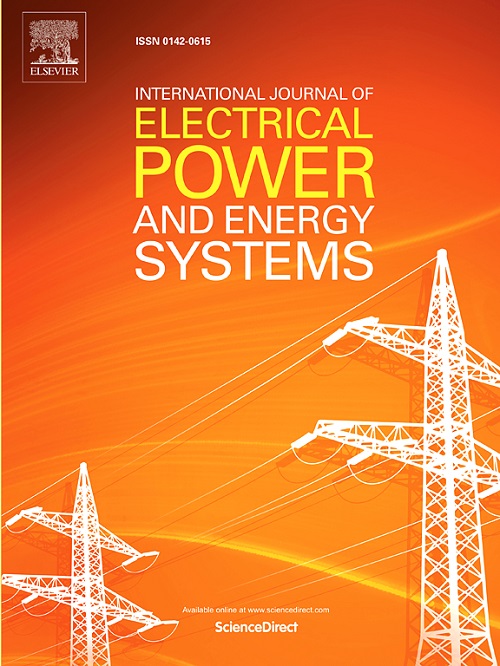An enhanced substation equipment detection method based on distributed federated learning
IF 5
2区 工程技术
Q1 ENGINEERING, ELECTRICAL & ELECTRONIC
International Journal of Electrical Power & Energy Systems
Pub Date : 2025-03-03
DOI:10.1016/j.ijepes.2025.110547
引用次数: 0
Abstract
The inefficiency of manual inspections in substations struggles to meet increasing workloads amid power grid expansion, necessitating intelligent solutions for equipment monitoring. This study addresses two key challenges: detecting diverse equipment under scale variations, occlusions, and real-time constraints, and ensuring data privacy given geographically dispersed, sensitive substation data. We propose CWA-YOLO, a detection framework integrating multi-scale feature fusion and an enhanced small-object detection head into YOLOv8 to improve accuracy across variable conditions. Additionally, a federated learning (FL) system tailored for substations enables collaborative model training without centralized data sharing, addressing privacy concerns and data heterogeneity. The framework’s novelty lies in its dual focus: optimizing detection performance through architectural enhancements and ensuring secure, efficient distributed learning. CWA-YOLO achieves mAP scores of 0.918 ([email protected]) and 0.623 ([email protected]:0.95), surpassing YOLOv8l and YOLOv7l by 6.5% and 7.49%, respectively, in accuracy. For FL, the Federated Adaptive (FedAdp) algorithm reduces communication rounds by 62% compared to Federated Averaging (FedAvg), maintaining near-centralized accuracy while preserving data locality. These results confirm the method’s effectiveness in improving substation equipment recognition securely and efficiently.
求助全文
约1分钟内获得全文
求助全文
来源期刊
CiteScore
12.10
自引率
17.30%
发文量
1022
审稿时长
51 days
期刊介绍:
The journal covers theoretical developments in electrical power and energy systems and their applications. The coverage embraces: generation and network planning; reliability; long and short term operation; expert systems; neural networks; object oriented systems; system control centres; database and information systems; stock and parameter estimation; system security and adequacy; network theory, modelling and computation; small and large system dynamics; dynamic model identification; on-line control including load and switching control; protection; distribution systems; energy economics; impact of non-conventional systems; and man-machine interfaces.
As well as original research papers, the journal publishes short contributions, book reviews and conference reports. All papers are peer-reviewed by at least two referees.

 求助内容:
求助内容: 应助结果提醒方式:
应助结果提醒方式:


